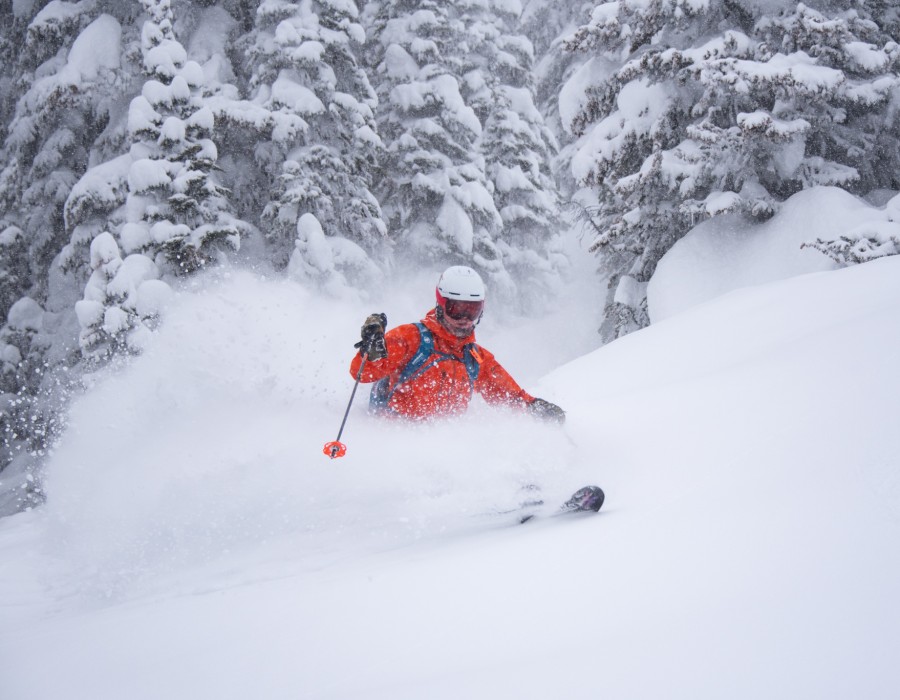Snowcat skiing is a thrilling winter sport that allows skiers to access untouched powder snow in remote areas. Using a snowcat, which is a vehicle designed for traversing snowy terrain, skiers can reach high mountain slopes that are not accessible by regular ski lifts. Here are some common questions about snowcat skiing and their answers:
1. What is snowcat skiing?
Snowcat skiing involves using a snowcat to transport skiers to remote mountain locations. Once at the top, skiers can enjoy fresh, powdery snow and ride down unmarked trails. It’s a fantastic way to experience skiing away from crowded resorts.
2. Do I need to be an expert skier?
While snowcat skiing can be enjoyed by skiers of various skill levels, it is often best suited for intermediate to advanced skiers. The terrain is typically steeper and more challenging than groomed trails, so some experience is helpful.
3. What should I wear for snowcat skiing?
Dress in layers to stay warm and comfortable. Wear waterproof and breathable outer layers, insulated ski pants, and a good quality ski jacket. Don’t forget gloves, a warm hat, and goggles or sunglasses to protect your eyes from the bright snow.
4. Is snowcat skiing safe?
Snowcat skiing can be safe if done with a reputable operator who follows safety guidelines. Always listen to your guides, wear a helmet, and be aware of your surroundings. Avalanche safety equipment, like transceivers and shovels, is often provided or recommended.
5. How much does snowcat skiing cost?
The cost of snowcat skiing varies depending on the location and the services provided. Typically, prices range from $300 to $600 per day, which may include guided skiing, lunch, and safety gear.
6. What if I have never done snowcat skiing before?
If you're new to snowcat skiing, it’s a good idea to take a lesson or go with an experienced guide. Many operators offer beginner programs that help you get familiar with the experience in a safe and supportive environment.
7. Can I bring my own ski equipment?
Most snowcat skiing operators allow you to bring your own ski or snowboard equipment. However, they may also offer rental options if you prefer not to transport your gear.
8. What is the best time of year for snowcat skiing?
The best time for snowcat skiing is typically from late December to early March, depending on the region. This period usually provides the best snow conditions for powder skiing.
9. Are there any other activities besides skiing?
Many snowcat skiing operators offer additional winter activities, such as snowboarding, snowshoeing, and backcountry exploration. Some also provide opportunities for scenic tours and wildlife viewing.
10. How do I find a good snowcat skiing operator?
Research online for reputable snowcat skiing companies in your area of interest. Look for reviews, safety ratings, and guides who are knowledgeable about the terrain and conditions.
Conclusion
Snowcat skiing is an exhilarating way to enjoy the beauty of winter in the mountains. With its unique access to remote locations and fresh powder, it’s an experience many skiers cherish. Whether you’re an experienced skier or new to the sport, understanding the basics will help you make the most of your snowcat skiing adventure.





Comments